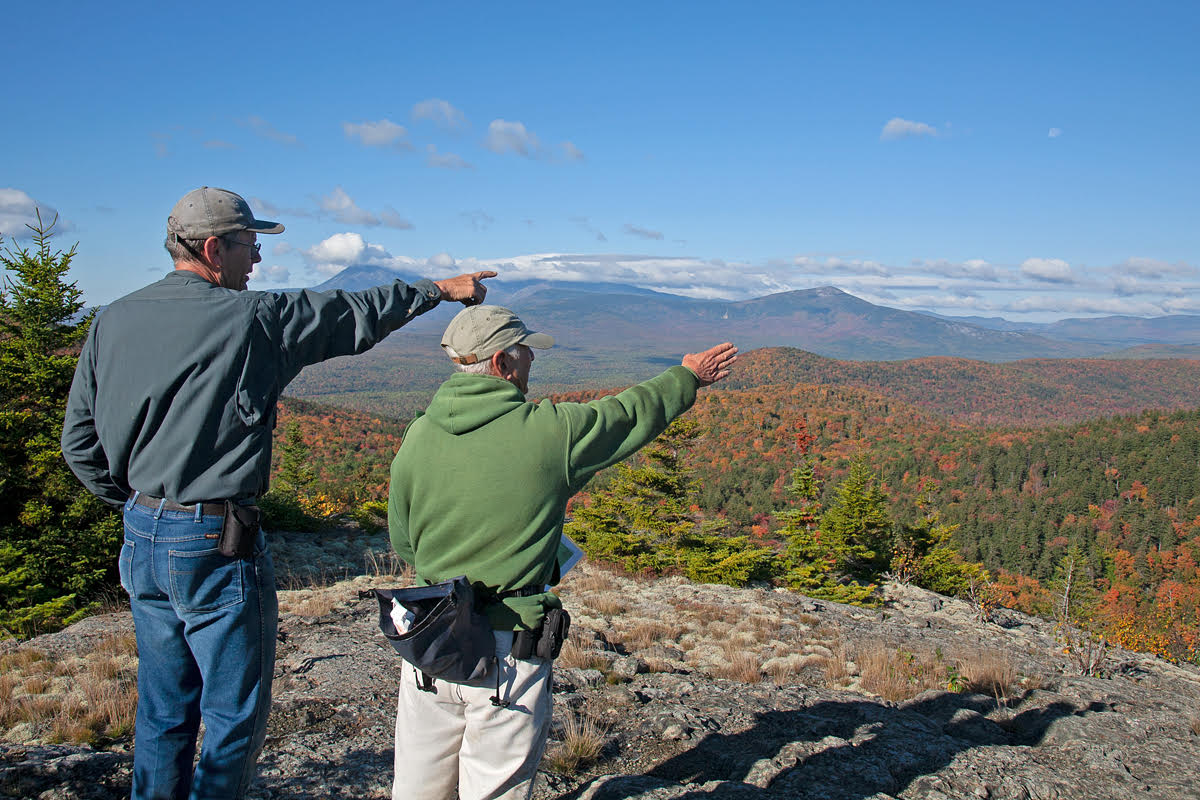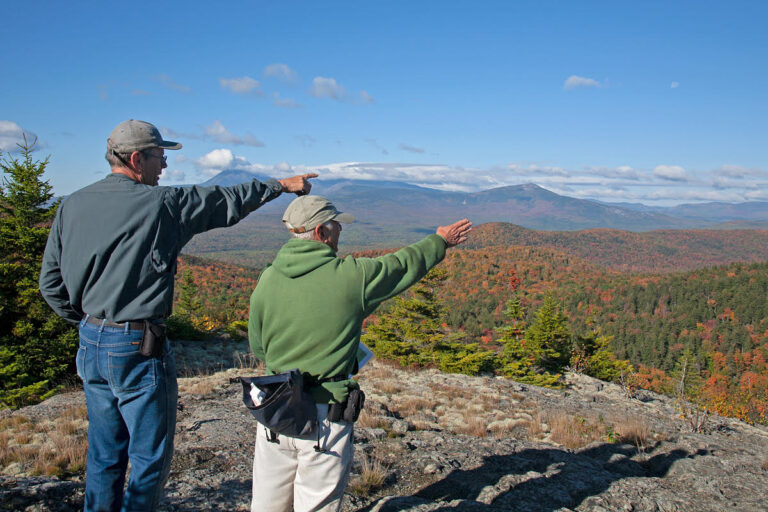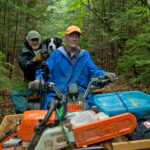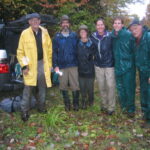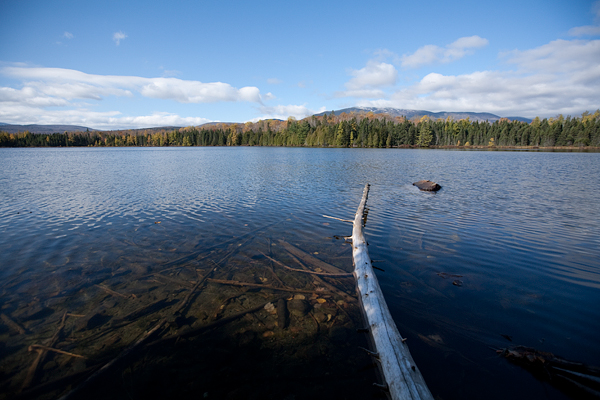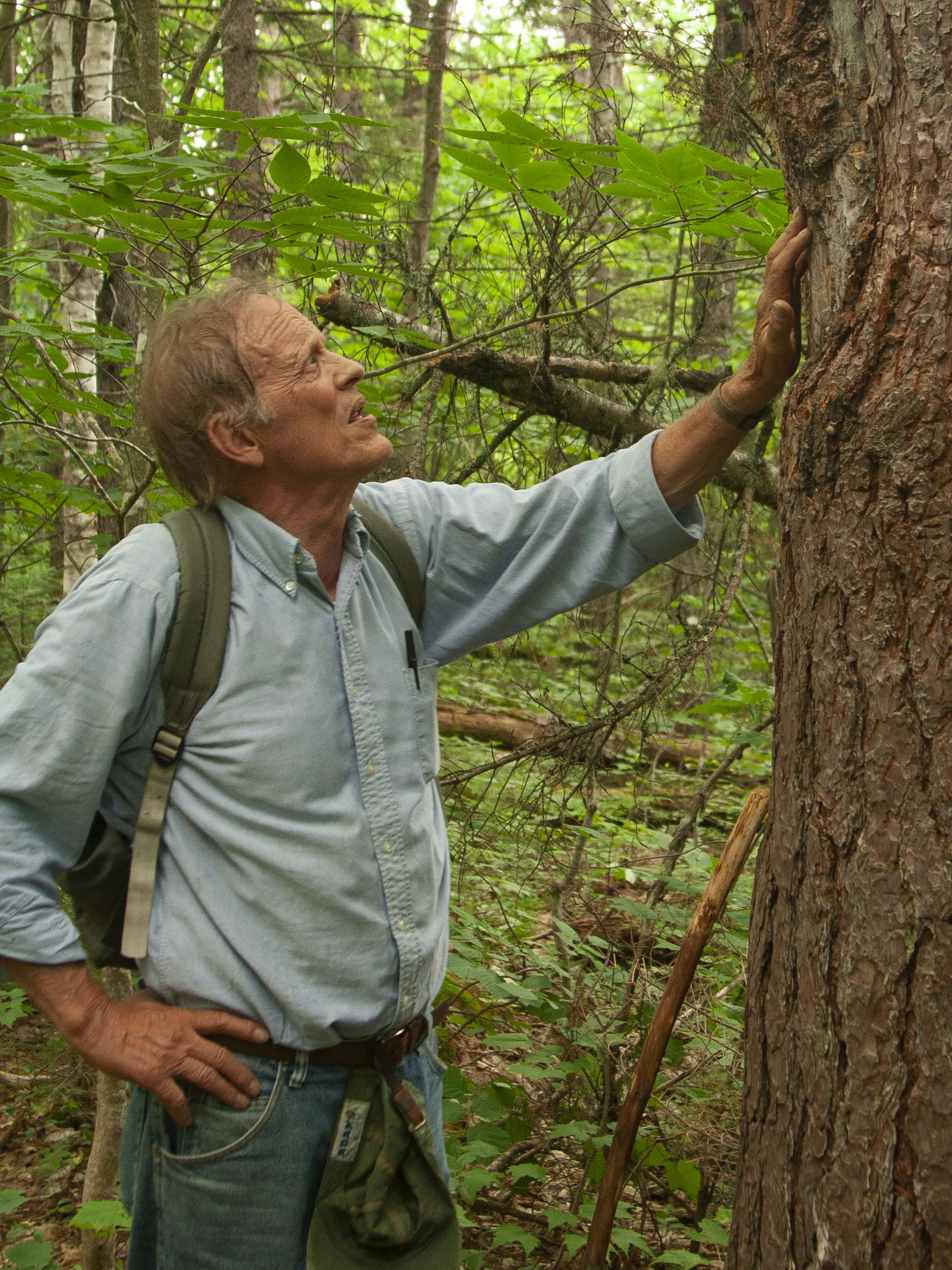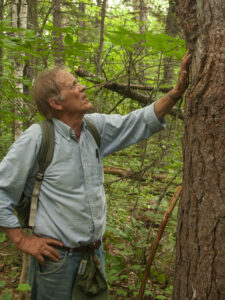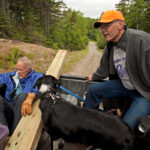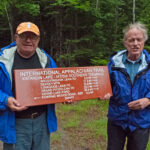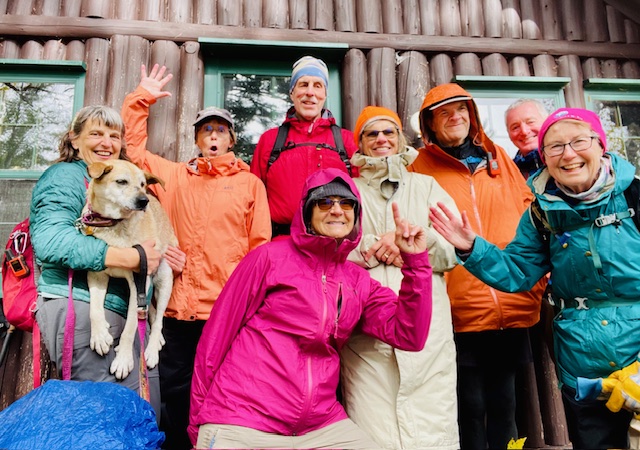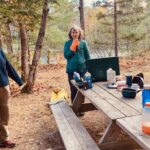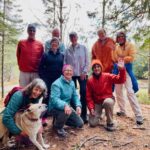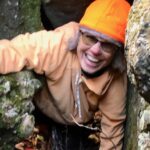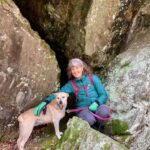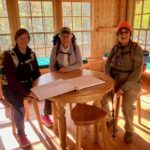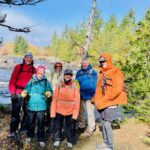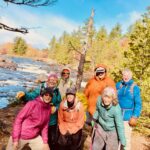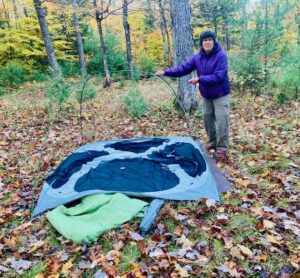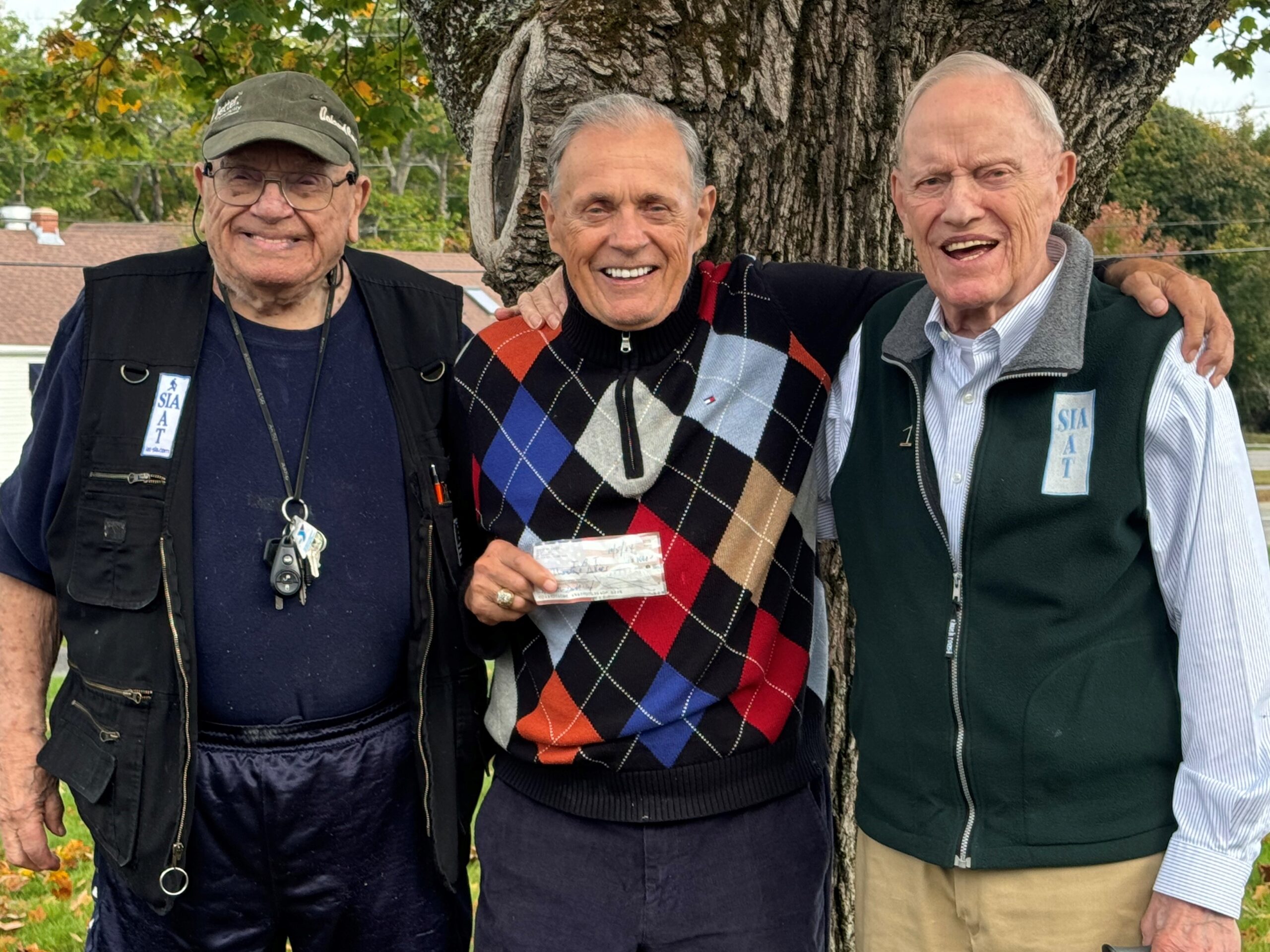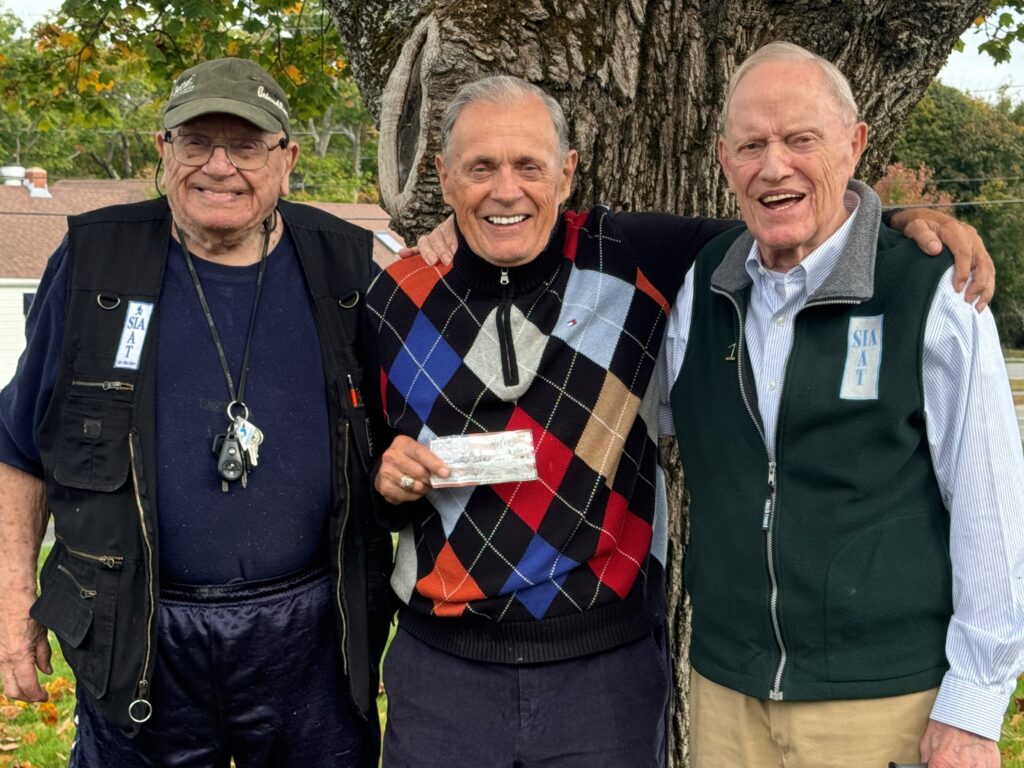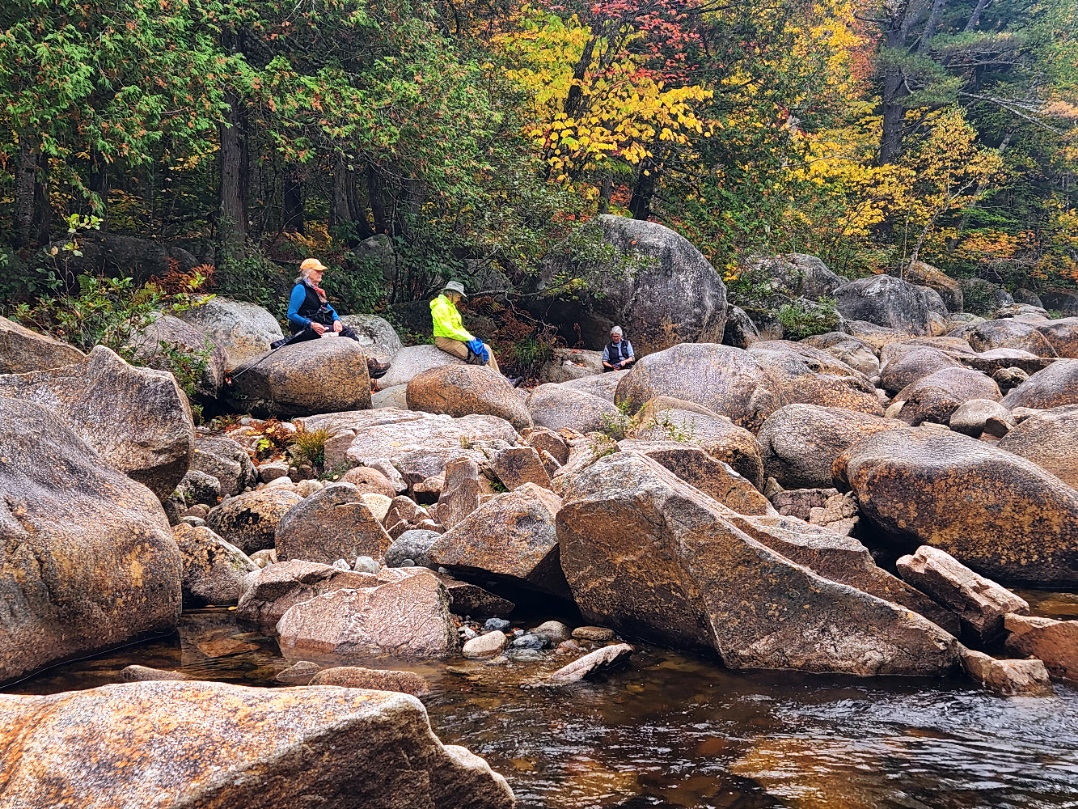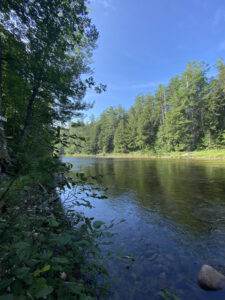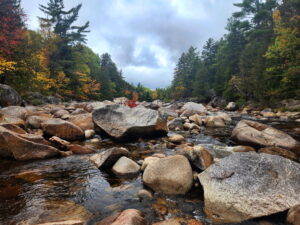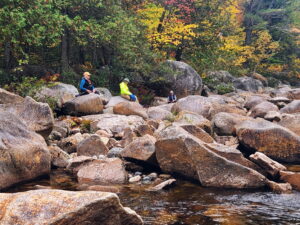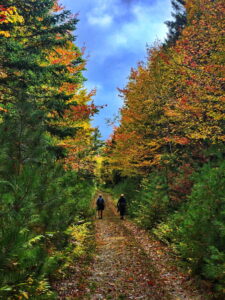Trail Work-June 2024
Fort Fairfield, Beaver Bypass, and Mars Hill
On June 6, a trail crew of eight IAT members went up to the Mars Hill area to work on parts of the trail in need of maintenance.
On our first day of work (June 7), we walked up to the Fort Fairfield lean-to. Originally constructed in 1998, the shelter needed to be jacked up and have some old sills replaced. Julia Daly and Bill Duffy had gotten started on the repair process back in March, sledding in new cinder blocks that would be used to replace the old ones, but our larger spring crew arrived to finish the job. After carrying two 100-pound beams to the lean-to using ratchet straps and four people on each beam, we spent the morning lifting the shelter and clearing overgrowth from around the site.
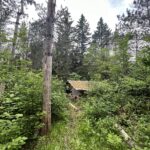
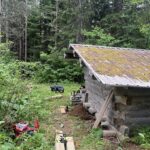



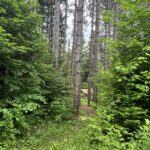






With so many trail crew members that weekend, we were able to get the Fort Fairfield work done in just a few hours. We then split into two groups: one headed to Mars Hill, while the other went to the Beaver Bypass along the US-Canada border (the Beaver Bypass was evidence of our earlier discussion that morning about beavers’ ability to drastically alter the landscape).
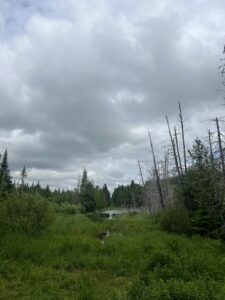
The next day (June 8) we went to work on Mars Hill. When we reached the near top of the hill, I couldn’t see the blades of the windmill through the mist but I could hear them whirring around – IAT hikers have commented on how much they’ve enjoyed sleeping to the sound of the windmills. We got out of the trucks, grabbed our tools, and zipped on our raincoats. Although it was too overcast to take in the view that looks down from Mars Hill onto New Brunswick, it was a cool experience being shrouded by mist at the top of the hill.
Our first stop at Mars Hill was the lean-to, which dates back to October 1996. The first Mars Hill trail crew had used a lawn roof rafter to get the parts for the structure up to the campsite at the hill’s summit, but our spring crew just worked on cleaning up and safety-proofing the designated fire pit, clearing weeds and charred wood.
We then continued on from the campsite to clear the rest of the trail as it winds along the hill. I must note that my favorite part of the IAT that I saw throughout the trail work weekend came about half a mile southbound from the Mars Hill lean-to: the young forest that flanks the trail is open and lush and green. Before the IAT signed an easement with the Mars Hill landowner Wendell Pierce and forest re-grew around the trail, the area had been farmland – Eric Hendrickson told me that sheep had grazed up and down the side of the hill. On June 8, 2024, the trees and ferns looked especially beautiful given the recent (ongoing) rain (downpour).
This past winter, Eric and Elaine Hendrickson had made note of fallen trees that would need to be sawed out of the way, so we focused on clearing out the trail. Given Josh’s efficiency with the chainsaw, we finished up the work by mid-day, and were finally able to retreat back into the trucks, heavily rained-on but feeling good about what we had accomplished that weekend at Fort Fairfield, the Beaver Bypass, and Mars Hill.
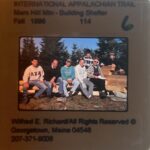

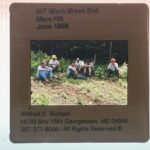
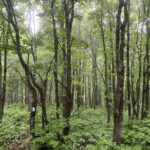
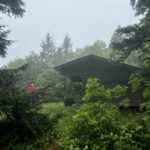







If you’re interested in getting involved with helping keep the trail nice for our hikers, please sign up to be notified of future trail work by visiting: Trail Work Volunteer Sign Up

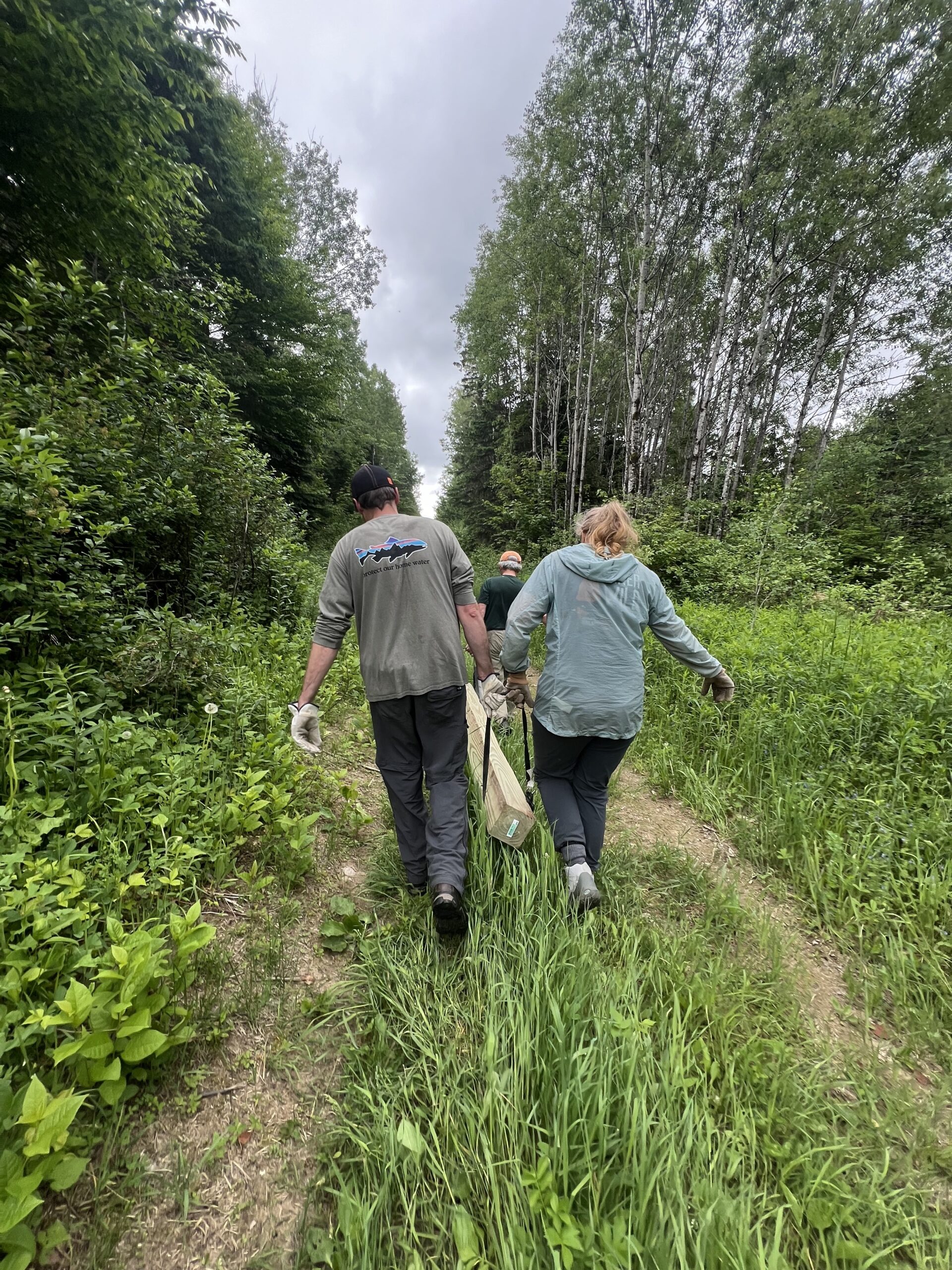

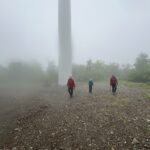
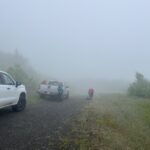

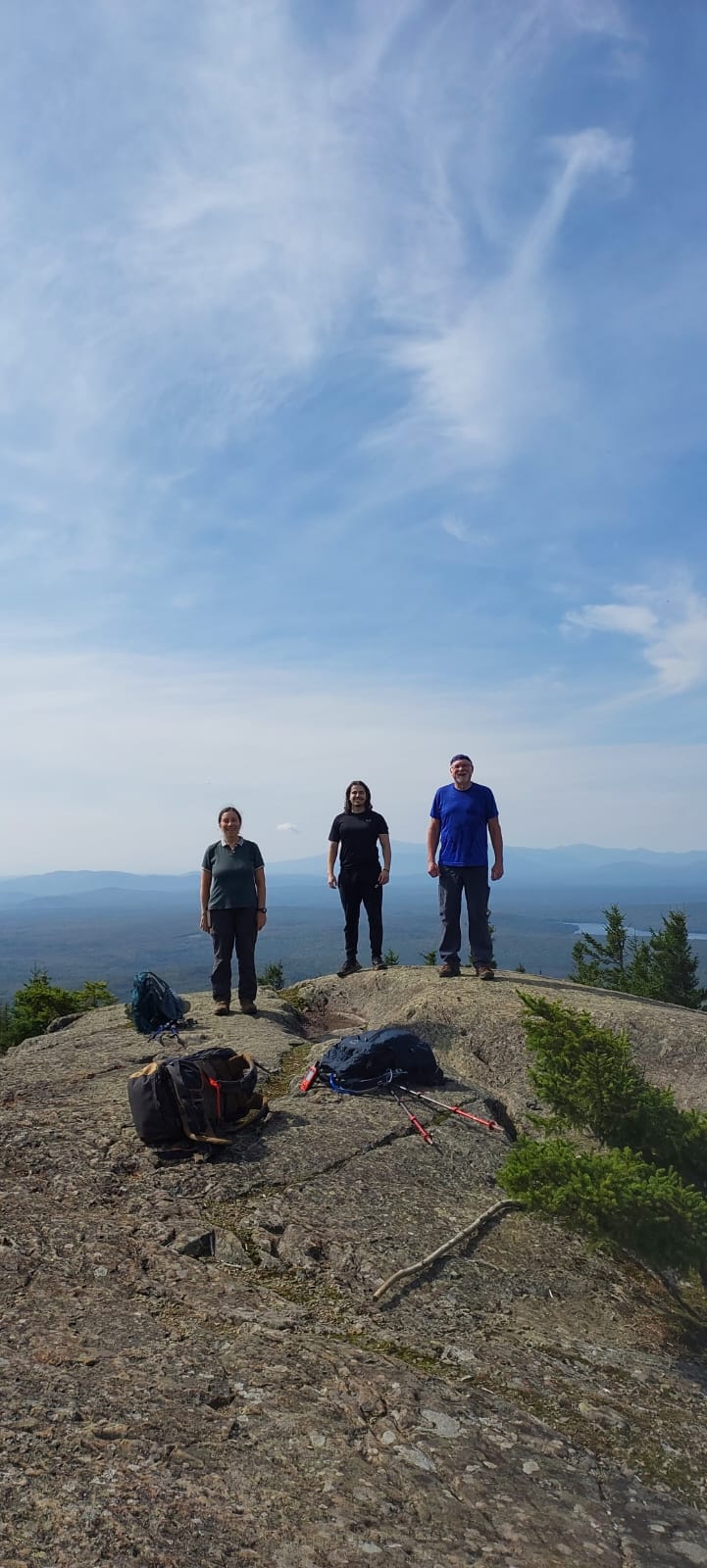





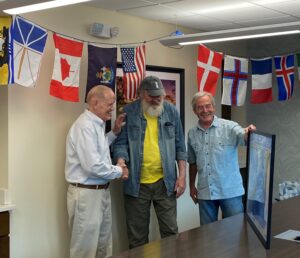


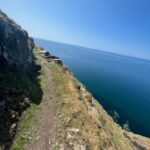
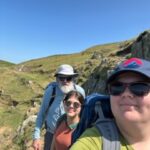

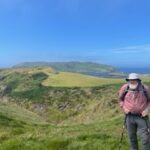
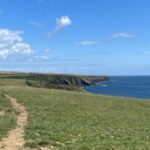


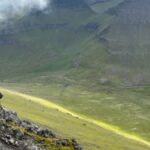
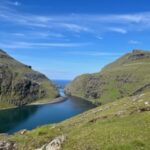
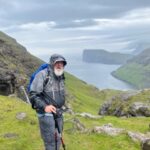

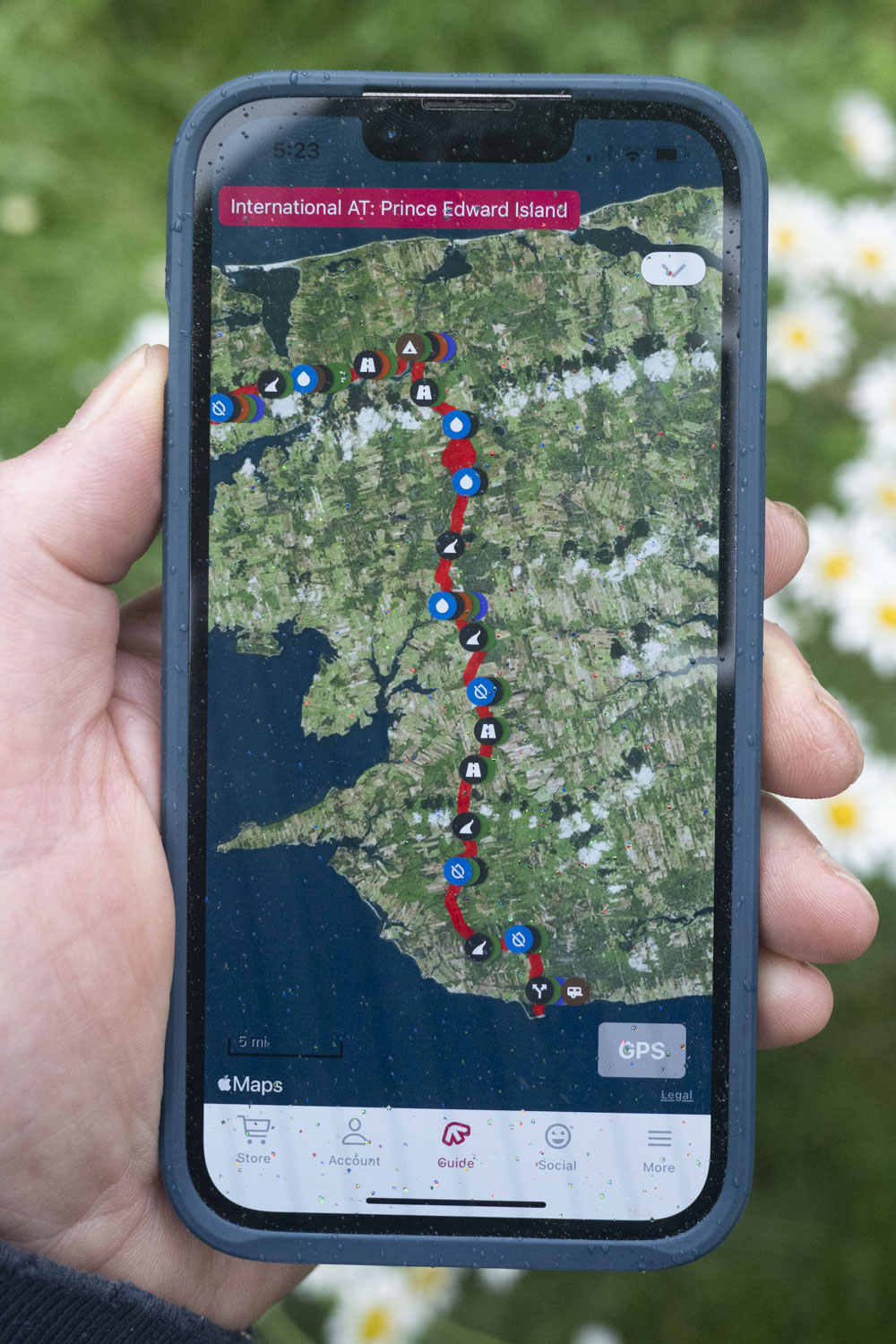


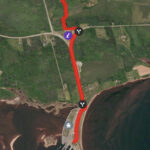

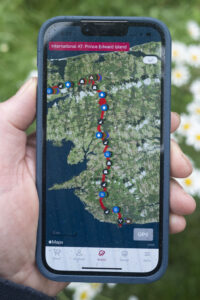
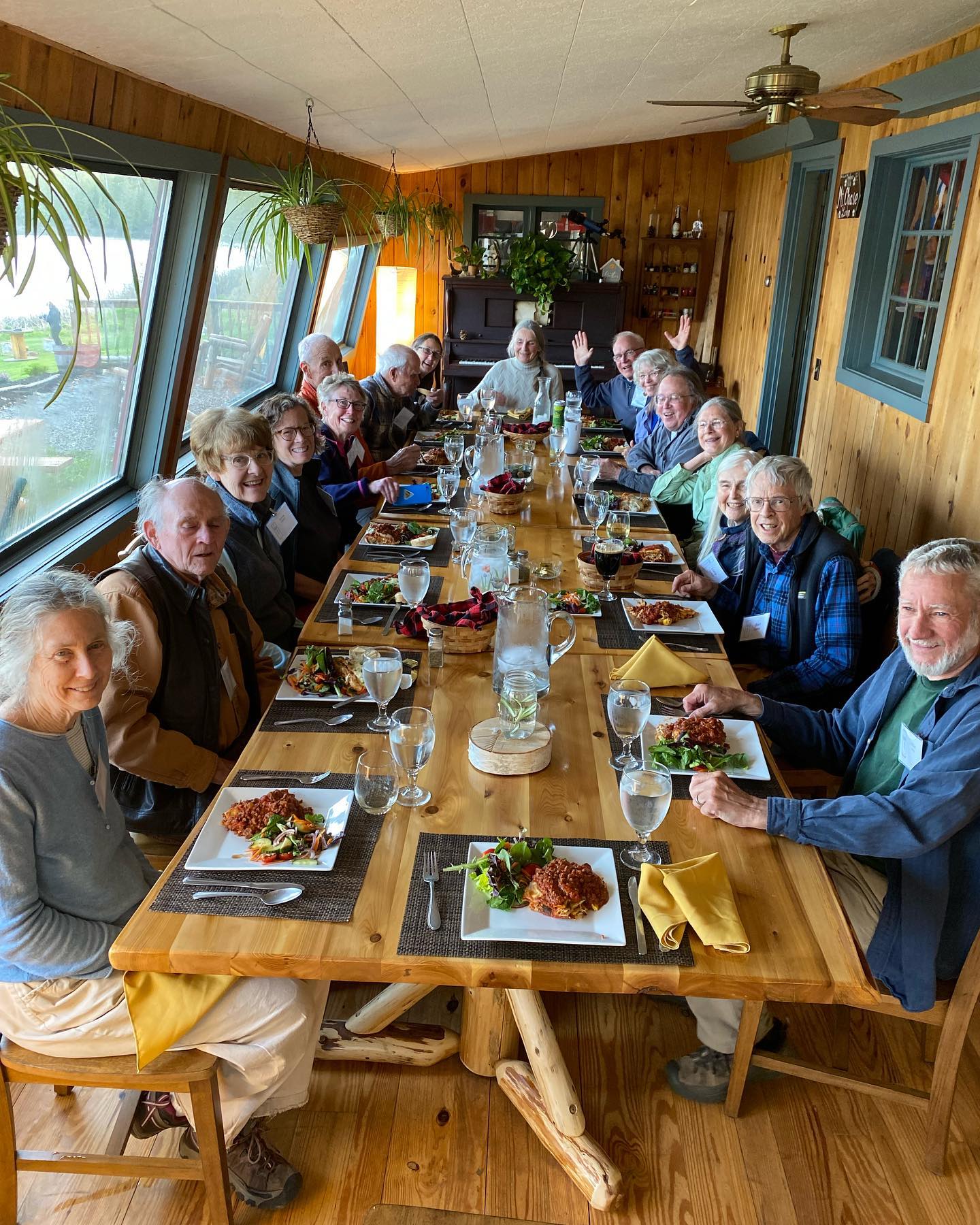




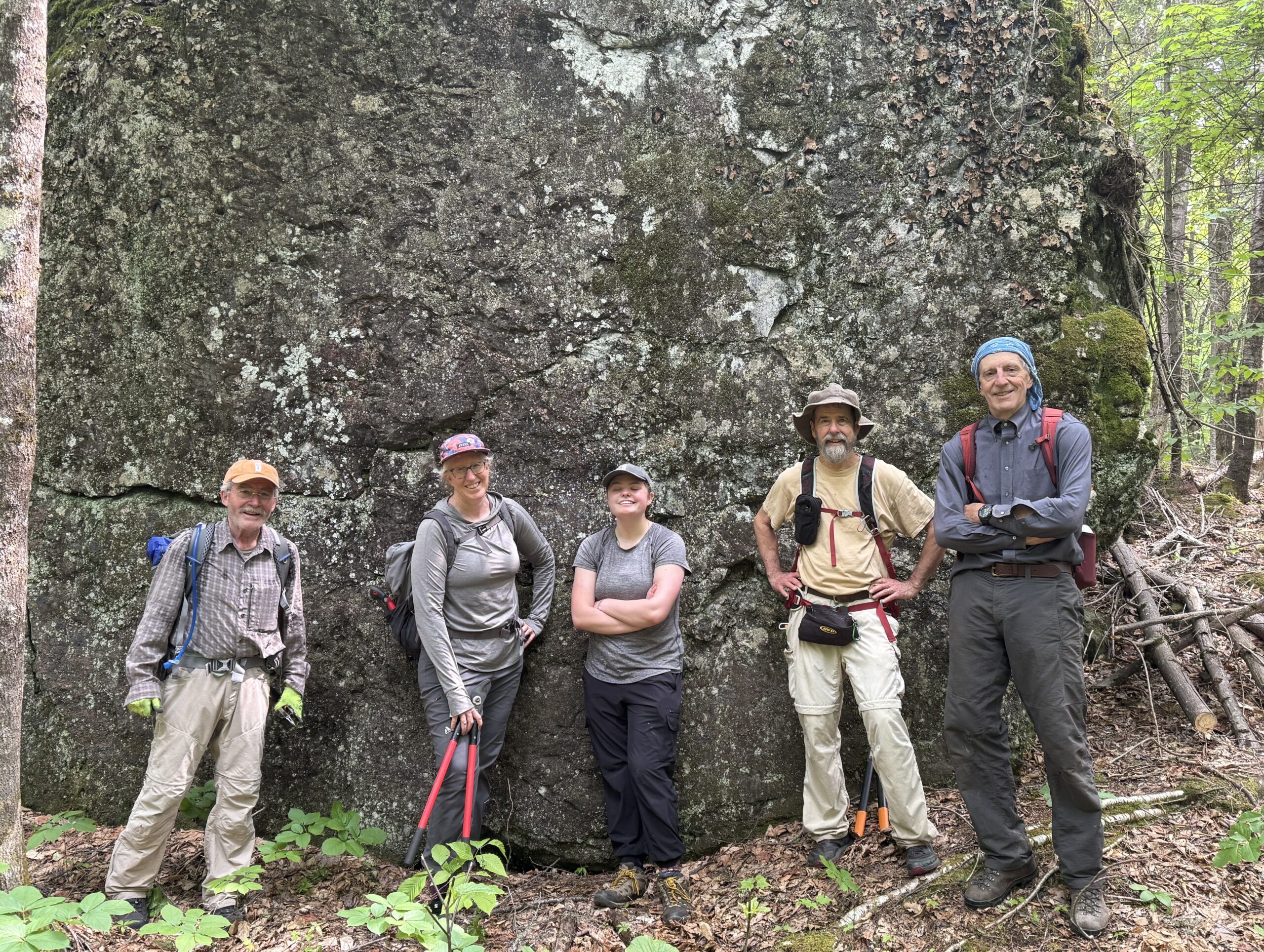
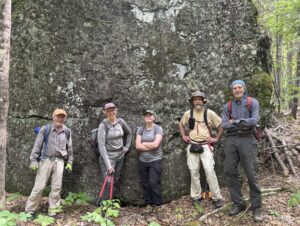
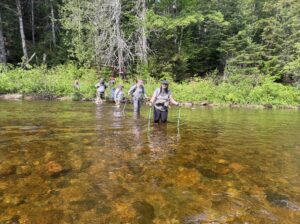

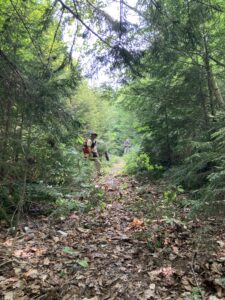
![Jas, Sophie, Bill, and Julia learning about how the map would have been used to locate fires (thank you, Bill, for the lesson!)]](https://www.maineiat.org/wp-content/uploads/2025/06/Photo-6-150x150.jpg)
![Jas, Sophie, Bill, and Julia learning about how the map would have been used to locate fires (thank you, Bill, for the lesson!)]](https://www.maineiat.org/wp-content/uploads/2025/06/Photo-5-1-150x150.jpg)
![The dinner table we returned to after a long day. Again, thank you, Nancy!] The dinner table we returned to after a long day. Again, thank you, Nancy!]](https://www.maineiat.org/wp-content/uploads/elementor/thumbs/Photo-7-scaled-r7jklrevjwmdd1txwidaf2q62jdkzk7jiytzng97f4.jpg)


